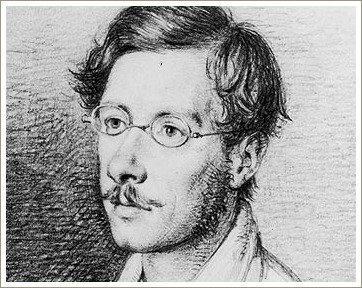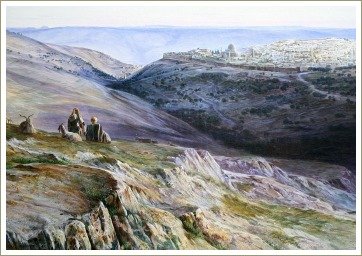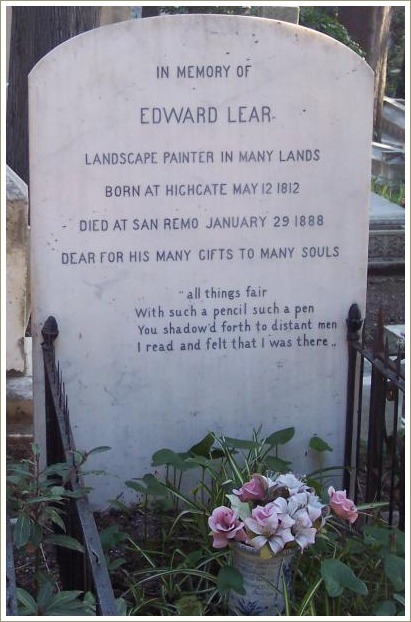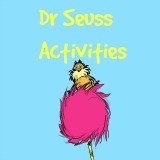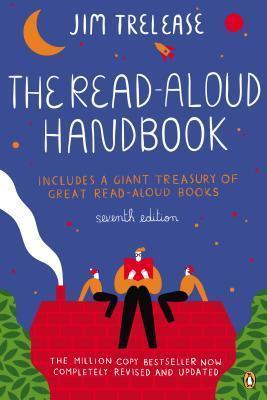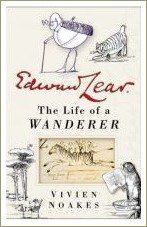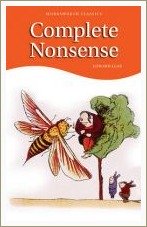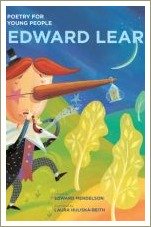You are here: home / Edward Lear / Edward Lear biography
Edward Lear Biography
This Edward Lear biography explains what led Lear to write the funny limericks and nonsense poems for kids which made him so famous.
Lear was an author, artist, illustrator and poet and led an interesting but lonely and, at times, quite troubled life which I found fascinating to read about.
Like many gifted writers of the 19th century, he suffered from ill health all his life which is perhaps what made him such a great observer of people.
Childhood
Edward Lear was born on 12 May 1812 in the village of Holloway in London to Ann and Jeremiah Lear. Edward was Ann and Jeremiah's 20th child and was born into a comfortable middle-class household.
Unfortunately when Edward was four years old, his father's business collapsed and the family was forced to move into miserable lodgings.
Edward and his oldest sister, Ann, later moved into lodgings of their own where Ann raised her brother. Ann was 21 years older than Edward and was a loving and devoted surrogate mother to her brother. She taught Edward to write and to draw and the two remained close until Ann's death, when Edward was about fifty years old.
Health Problems
Lear suffered from health problems all his life, including epilepsy, asthma and bronchitis.
He experienced his first grand mal epileptic seizure when he was seven and was both frightened and embarrassed by it. At the time, epilepsy was thought to indicate that the sufferer was possessed by the devil so Lear worked hard for the rest of his life to hide his condition.
His diaries show that he felt great guilt and shame about his condition and that these feelings led to feelings of loneliness and depression. The first signs of depression began to appear when Lear was about seven and were probably related to the lack of stability he felt throughout his childhood. As an adult, he referred to the periods of severe depression he experienced as 'the Morbids.'
Edward Lear As A Young Man
Because his family was unable to support him, Lear had to start earning his own living at the age of 15. This he did by selling his art and by teaching drawing. He was first employed by the Zoological Society in London to draw birds and later went on to work for the Earl of Derby who had a private menagerie.
In the four years (1832-1836) Lear spent at Knowlsey Hall drawing Lord Derby's animals he was often a guest at dinner where he entertained Lord Derby's children with funny drawings and jokes.
From 1837 Lear travelled for three years in Italy, publishing several books of illustrations of his travels. This led to him giving drawing lessons to Queen Victoria, who had enjoyed his illustrations and had summoned him to court.
Lear spent most of the rest of his life travelling and painting around the Mediterranean coast. Among other countries, he visited Greece and Egypt in 1848 and 1849, India and Ceylon in 1873.
Writing and Poetry
Lear's first book, a book of limericks called A Book of Nonsense, was published in 1846 and went through three editions.
He went went on to publish several other books of nonsense poems which he illustrated himself. The books were quite popular during Lear's lifetime, although at one stage a rumour began circulating to the effect that 'Edward Lear' was in fact a pseudonym and that the books had actually been written by Lear's patron, the Earl of Derby. As evidence, supporters of this idea offered the fact that both men were named Edward and that 'Lear' is an anagram of 'Earl'. There doesn't seem to be any substance to this idea though and scholars remain convinced that the verses and stories were written by Edward Lear himself.
Lear's verses would have been quite a revelation in Victorian times when children's books mainly focused on moral themes telling children how to behave. Lear's silly wordplay, the place names he creates, his weird and wonderful creatures, comic rhyme and absurd stories are fantastically silly and quite daring for the times.
Also interesting is the fact that his 'good' characters are often rule-breakers who get away with it, rather than upright, moral characters.
Later Years
In the 1870s Lear settled in Sanremo on the Mediterranean coast at a villa he named 'Villa Tennyson' after Alfred, Lord Tennyson whom he admired.
He never married, although he proposed twice to the same woman who was 46 years younger than he was and who refused him.
Lear had suffered from heart disease since at least 1870 and his health deteriorated over several years before his death at his villa in 1888. His funeral seems to have been a bit of a sad, lonely affair as not one of his old friends was able to attend.
He is buried in the Foce Cemetery in Sanremo. The lines on his headstone are lines that Tennyson had written to Lear:
" - all things fair.
With such a pencil, such a pen.
You shadow forth to distant men,
I read and felt that I was there."
You can read more about Edward Lear's life and work in the book Edward Lear: The Life of a Wanderer.
